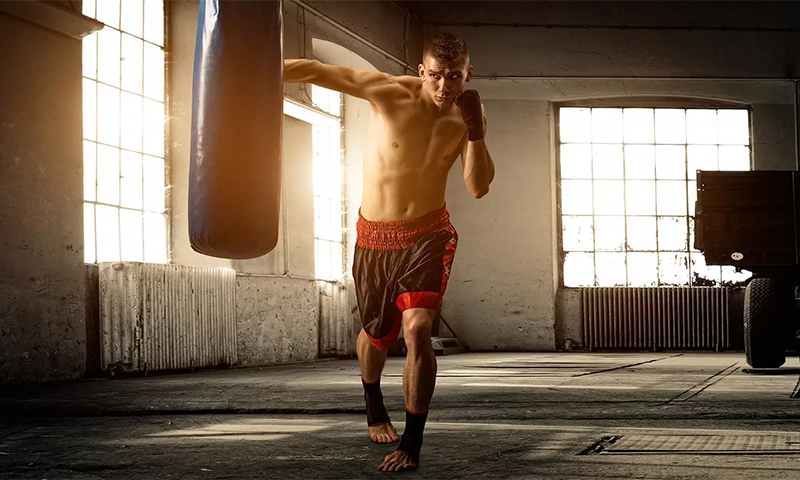Boxing is one of the most popular sports. They are engaged in adults and children, men and women. And everyone needs good boxing gloves - but not alone, but several pairs at once. In the ring and in the gym, much is decided by the equipment, so you need to know how to choose it. The "right" gloves will save your hands from injury and make training more efficient. And our article will help find just such.
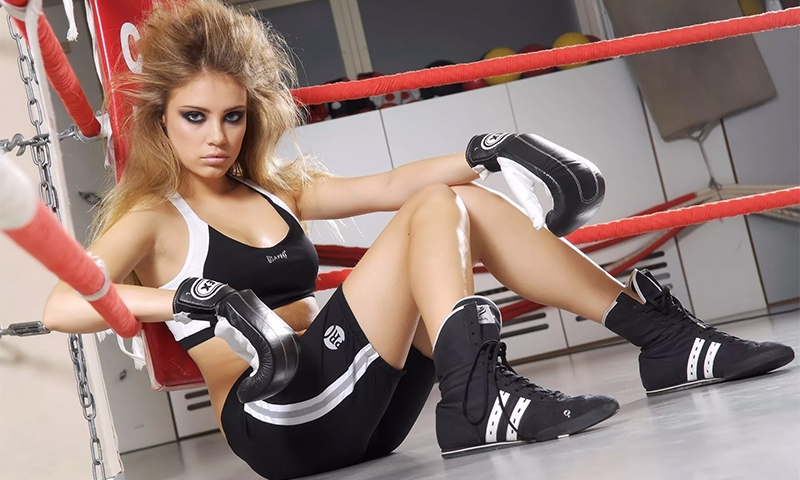
Content:
The best boxing gloves manufacturers - which company to choose
Boxing gloves from a reputable manufacturer - a guarantee of quality, safe training and winning performances. They provide maximum protection from injury, sit comfortably on the arm and do not break after a couple of months of intensive training.
Top quality equipment produces only a few sports brands:
- Adidas;
- AML;
- Everlast;
- Clinch;
- Fairtex.
In our ranking are the best models of these firms. But before buying a new pair of boxing gloves, you need to decide for what purpose you take them.
Types of boxing gloves
Professional

Designed only for performances in the professional ring and are made in accordance with international standards or the requirements of organizations that hold championships.
Competitive gloves are fixed by lacing and always come with a hard pad. Under them, you must do the winding to eliminate injuries to the hands.
A characteristic distinction of professional models is the location of the thumb (with a bend to the fist), which makes it possible to deliver powerful blows to an opponent without the risk of injuring his joints.
Pros:
- Do not require special effort to compress the fist;
- Very durable;
- Due to the natural arrangement of the fingers, they are convenient in combat;
- Sit tightly on the arm and securely fixed by the lacing;
- Allow to deliver the most powerful blows.
Minuses:
- Expensive;
- Require mandatory taped hands.
Amateur fighting
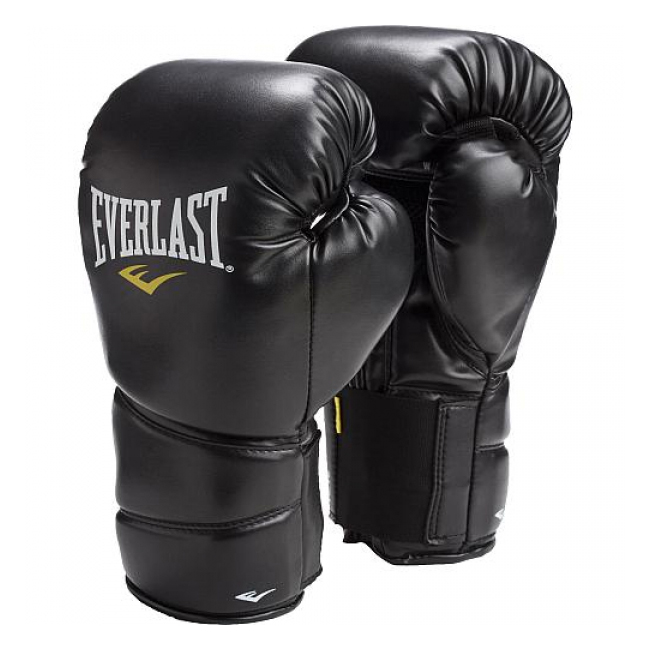
Here, the thumb is located on the side, because of which with a strong blow there is a high risk of damaging the joint or even getting a fracture. This is done deliberately: to gain points in the amateur ring is enough good technology - you do not need to knock the spirit out of an opponent.
So that novices do not enter into a rage, they are put on just such gloves, in which they have to control their strength.
Pros:
- Available with different fixation options - lace-up or velcro;
- Strong enough;
- Perfectly protect the wrist joint;
- Over time, they can "adapt" to the hands of the owner;
- Reduce the number and severity of injuries in the ring;
- Cost cheaper than professional models.
Minuses:
- The unusual arrangement of the thumb is not too convenient;
- Do not calculate the force of impact, you can easily hurt your hand.
Training
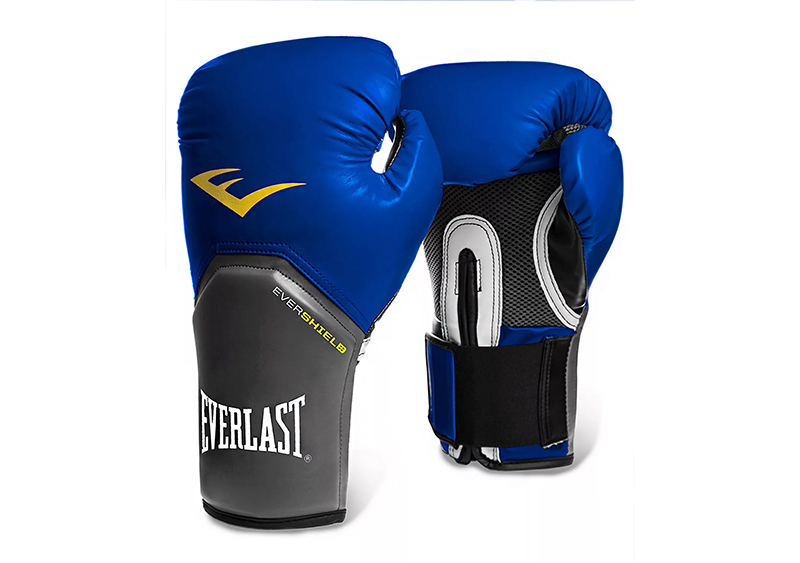
The main requirements for sparring gloves are the safety of both boxers. This is achieved by using a special soft gasket made of a monolayer of foam or 2-5 layers of various foam materials that quench the force of impact.
Training gloves have fasteners in the form of stretchable rubber or velcro, so that they can be quickly removed and put on without assistance.
On the inside there are special holes for the ventilation of the palm. The thumb in sparring gloves is the same as in professional models.
Pros:
- Allow you to work hard shots without the risk of injuring the sparring partner;
- The safe location of the thumb;
- Durable enough;
- Affordable;
- Gloves are easy to put on and take off without assistance.
Minuses:
- Not suitable for competition, as they soften the blow;
- To work on the shells, they also lack the rigidity.
Snag
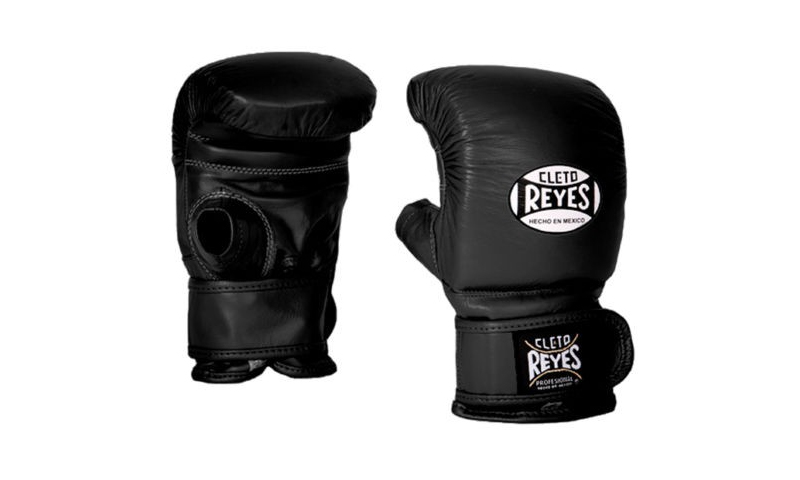
Specially designed to work with bags, pears, mannequins, etc. The family of gear gloves is the most variegated in boxing.
They can be of various shapes, from thin pancake rolls to full-size rounds. However, the basic requirements for them are the same: minimum weight, dense stuffing layer and good ventilation (often even the thumb is completely open).
Pros:
- Very durable and do not stray even when working on hard projectiles;
- Light due to fewer stuffing;
- Well insure hands;
- Available at a price.
Minuses:
- They require drying after each workout, otherwise a thin layer of gasket will not last long;
- Not suitable for sparring and even more so for competitions.
Boxing glove selection options
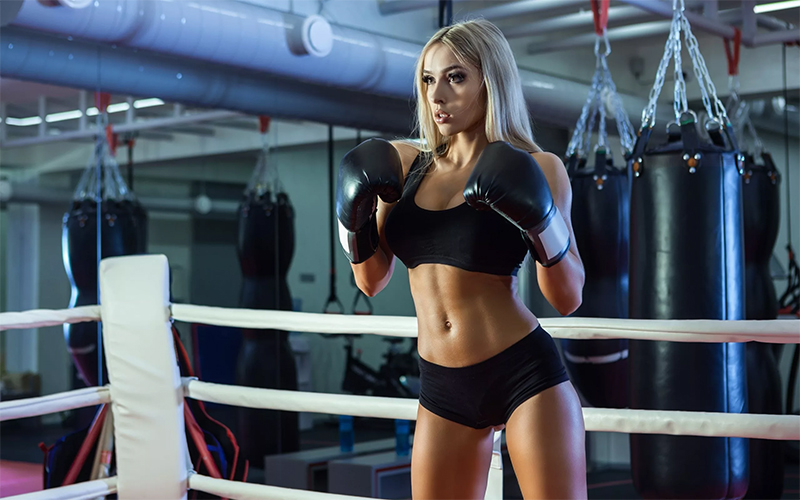
The size
The size of boxing gloves is usually tied to the girth of the palm. Measurements are removed at the very base of the thumb - immediately above it or on the knuckles.
Then compare the obtained size with the generally accepted European marking:
1. XXS (14–16 cm);
2. XS (16-18 cm);
3. S (18–20 cm);
4. M (20-21 cm);
5. L (21-23 cm);
6. XL (24-28 cm);
7. XXL (29-31 cm).
It does not matter if you go wrong 1-2 size in a big way. Reliable fixation on the brush will not allow the glove to fly off during a fight or occupation, but there will be enough space for bandages.
Glove weight
All models for competitions are usually standardized, but for training or gear gloves this parameter is very important. Choosing their weight, you should focus on the weight of the athlete or his age, when it comes to children and adolescents.
Manufacturers indicate the weight of gloves in ounces, but to understand the difference between them, we give indicative figures in more familiar grams. Just keep in mind - this classification is not applicable to slug gear.
1. 4 oz (113.4 grams) - the smallest gloves that are suitable for children under 7 years old.
2. 6 oz (170.1 g) - available for children 7-9 years.
3. 8 oz (226.8 g) - optimally for adolescents up to 13 years old or women weighing up to 50 kg.
4. 10 oz (283.5 g) is the most common variant used in lightweight competitions in both men and women.
5. 12 oz (340.2 g) - suitable for middle and medium weight boxers of 64-70 kg.
6. 14 oz (396.9 g) - addressed to men performing in the 70-75 kg category.
7. 16 oz (453.6 g) - designed for athletes weighing up to 90 kg.
8. 18 oz (510.3 g) - suitable for training and jugging exercises.
9. 20 oz (567 g) - so weigh the training models of heavyweights.
Unless otherwise stated by the rules of the competition, athletes can choose the weight of the gloves at their discretion.
In training, this opportunity must be used to the full. For example, lightweight boxer classes in heavier gloves will help to quickly strengthen the shoulder girdle and develop sufficient impact force.
Then you can go on a light pair to work on speed and endurance. However, the same effect is achieved with the help of simple weighting compounds that are put into gloves.
Fixation type
The best and most reliable way - is lacing from the palm to the top of the wrist. Thanks to her, the gloves sit tightly on the arm and additionally fix the brush in the joint, which reduces the risk of injury with an incorrectly set stroke. The drawback is the inability to put on and fasten gloves.
A popular option today is Velcro Velcro. It was most widely used in amateur boxing and was even approved by the international association AIBA. Gloves are easily put on and removed by an athlete on their own, while on the hands they sit tight and securely. The only drawback is that after six months or a year, the sticky tape ceases to hold. The problem is solved by replacing it.
Fixing with a wide elastic band is used in children's and women's gloves, as well as in some training models. It is less reliable, therefore serious manufacturing companies gradually refuse it.
Manufacturing material
Boxing gloves are always leather, only it can be natural or artificial.
These cowhide gloves are very durable, durable, but cost a lot. Hands in them “breathe” well, so that in the hall they can be laid out in full. Leatherette is several times cheaper, but his hands sweat a lot, and he doesn’t keep his uniform so well.
The best option in terms of price and quality - combined gloves, where the outer side is made of genuine leather, and the inner of its substitute, which reduces the cost of equipment.
Fillers
Here, the choice must be approached with even greater responsibility, since the level of hand protection and the overall service life of the gloves depend on the filler. Burst cladding can and mend, but the damaged packing is not subject to recovery.
Today, boxing gloves use several types of fillers:
1. Vata is a morally obsolete, but still common packing material. Such gloves are cheap, but cotton wool in them is quickly crushed and broken into lumps, which increases the risk of injury.
2. Horsehair is not much better than wool, because it has the same pros and cons, although it can hold on a little longer.
3. Polymers (polyurethane foam, IMF foam, etc.) are the most popular and best materials for stuffing gloves. They are durable, endure powerful blows, well spring and hold the shape. The exception is the foam with open cells - it crumbles quickly and also absorbs sweat easily, becoming a breeding ground for bacteria.
4. Latex (foam rubber) - has high elastic properties, moderately durable, but has a higher density than polymer foam. By itself, it is not used, but it is often found in multilayer systems from expensive brands.
5. Gel filler is a relatively new material that is used in multi-layer boxing gloves. It does not crumble like latex or foam, and at the same time has optimum rigidity for quenching the impact force.
There are also boxing gloves in which, instead of a filler, there is a usual “air gap”. They are good at sparring and training, as it’s impossible to deal a crushing blow with them.
What boxing gloves to choose

1. For a child who just came to the box, you should choose leather or combination gloves weighing 4-8 oz on a wide elastic band, and better - on velcro. The force of impact in babies is small, so you can take any soft filler like batting. If the child is going to be engaged seriously and dreams of a career in big-time sports, he will need at least one more pair of gloves that will be harder for training on projectiles. Here it already makes sense to take a combined gasket or polyurethane foam.
2. If you are looking for high-quality and durable gloves for an adult athlete, buy a leather model, with a modern polymer filler. For performances, it is desirable to choose a pair with a lacing, for the hall enough stickies.
3. For training will need 2 pairs of gloves. On shells, it is more convenient to study in leather cuts with medium depreciation - here a pack of polyurethane foam or foamed latex will show itself well. Well, if the model provides pockets for weighting. For sparring, there will be enough simple gloves made of leatherette with an air gap instead of traditional fillers - this way you will save both your hands and your partner.
Boxing gloves cost

1. Gloves for fighting in the amateur ring can be purchased at prices ranging from 1 to 9 thousand rubles.
2. Sparring models are a bit more expensive - in the range of 1.5-13 thousand.
3. Approximately in the same price category there are also shell bits, only they have more run-up - from 800 rubles to 16 thousand.
4. Professional gloves for competitions cost from 4 to 100 thousand rubles.
5. Children's models are sold at prices ranging from 400 rubles to 17 thousand per pair.
It will be interesting to friends too







